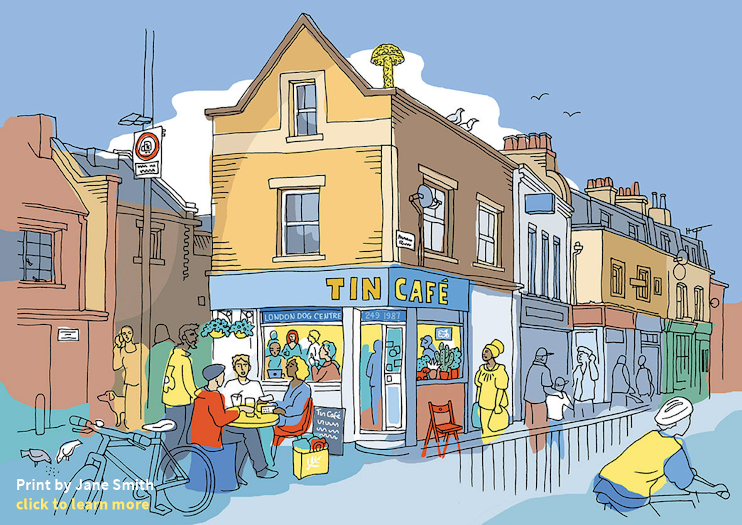Haggerston
Haggerston, Hackney
A historically poor but now gentrifying locality situated between Dalston and Shoreditch, to the east of Kingsland Road
Haggerston was first recorded in Domesday Book as Hergotestane; the name probably derives from a Saxon farmer called Hærgod, who either had a ‘ton’ (farmstead) here or a stone that marked the boundary of his land.
In 1685 Sir Robert Geffrye, a former Lord Mayor of London, left land on Kingsland Road for pensioners’ almshouses and these were built in 1715.
Haggerston was densely built up during the 19th century and became increasingly overcrowded, especially after the opening of its station on the East London Railway in 1869. In an attempt to improve public health, Haggerston baths were built on Whiston Road in 1904.
In 1914 Sir Robert Geffrye’s almshouses became a museum, which now has collections of furniture, textiles, paintings and decorative arts, displayed in a series of period rooms.
A slum clearance programme led to the two-stage construction of 447 homes on the Haggerston estate. Haggerston West was built in the 1930s but Haggerston East had to be postponed until after World War II.
Like most of east London, Haggerston was ravaged in the Blitz. The locality’s misfortunes are chronicled in Herbert Wilson’s vividly named book, Death over Haggerston, subtitled ‘An Account of Adventures that Befell some East Londoners between the Summers of 1940 and 1941’. Wilson was vicar of Haggerston parish at the time. A contemporary article in Horizon described the privately printed work as badly written but the only book to show “any real critical appreciation of the working-class mind in these astonishing months.”
Haggerston station closed in 1940 but reopened in 2010 as part of the northern extension of the East London line. The station has helped to revive awareness of Haggerston’s name, which had dropped out of common usage, possibly because of its ugly sound. For example, when it opened in 2007 the Bridge Academy simply described itself as being in ‘south Hackney’. The academy was built on the site of the former Laburnum primary school.
Haggerston baths closed in 2000. Plans were announced in November 2017 for a regeneration scheme for the building, which will incorporate space for businesses, community uses, shops and a café – but not a swimming pool.
The Haggerston ward takes in much of east Hoxton and Shoreditch as well as Haggerston proper. Roughly equal numbers of homes in the ward are rented from the council and from private landlords, while relatively few (less than a sixth of the total) are owner occupied. Unsurprisingly, most people live in flats. Fewer than seven per cent of residences are whole houses.
54 per cent of residents were born in the UK and a further 17 per cent were born in other Europeam countries, 9 per cent in Africa, 7 per cent in the Americas and the Caribbean, and 7 per cent in the Middle East and Asia. Haggerston has very few old people, especially aged over 75. Most working residents are employed in professional or technical jobs.
Haggerston was the birthplace in 1656 of Edmond Halley, the son of a wealthy soap boiler. Halley became the second Astronomer Royal and accurately predicted the return of the comet that now bears his name.

